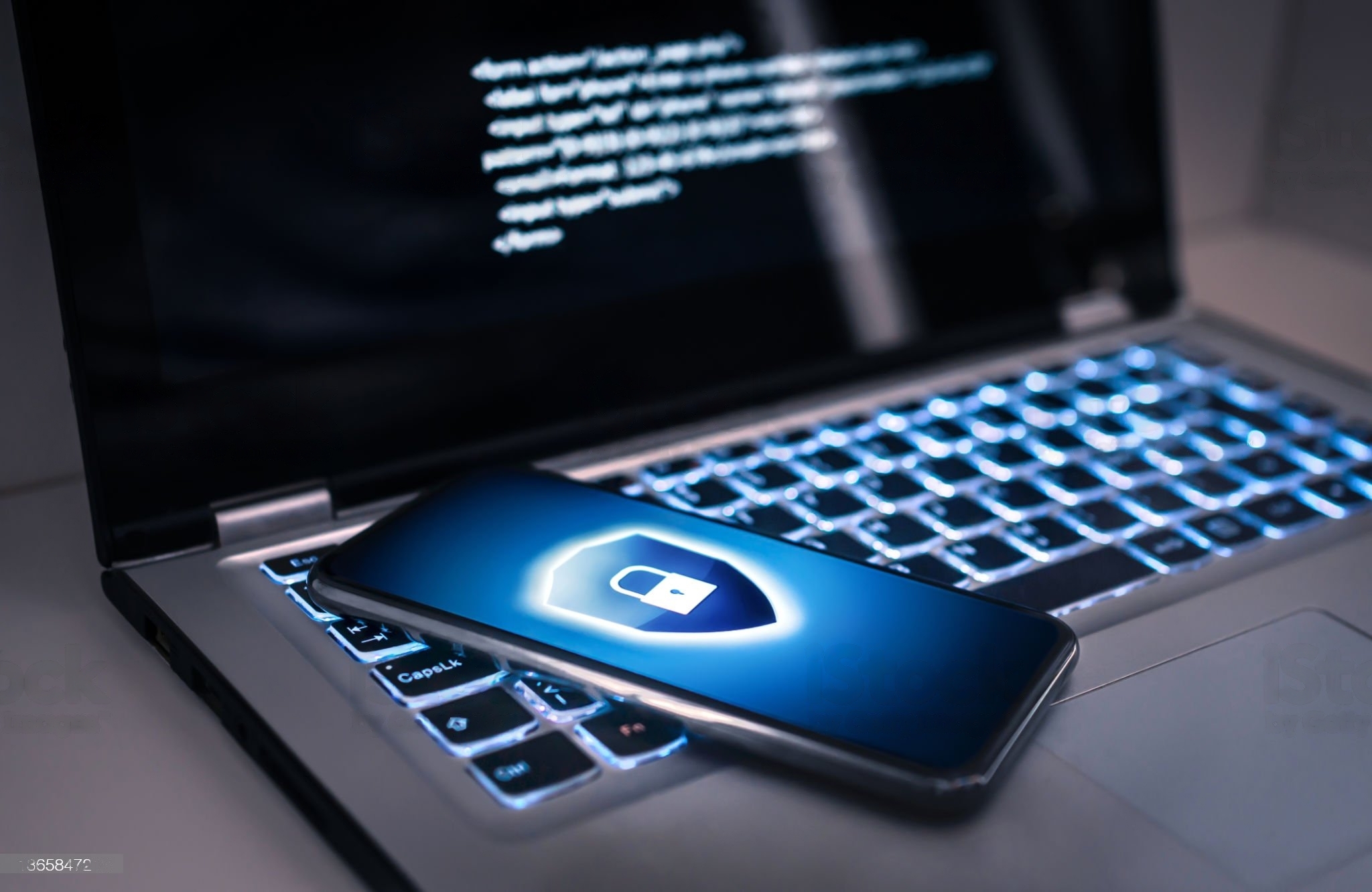In today’s digital age, mobile phones have become an integral part of our lives. We use them for communication, banking, shopping, and even storing personal information. With such dependency on these devices, it is crucial to prioritize Mobile Phone Security to safeguard our sensitive data from cyber threats. This article will provide you with valuable insights and practical tips on how to protect your mobile device from potential security risks.
1. Understanding Mobile Phone Security
Mobile phone security refers to the measures taken to protect your device and the data stored within it from unauthorized access, data breaches, and other malicious activities. It involves implementing various security practices, both at the hardware and software levels, to ensure the confidentiality, integrity, and availability of your personal information.
2. Common Cyber Threats to Mobile Devices
Mobile devices are susceptible to a wide range of cyber threats, including malware, phishing attacks, data breaches, and identity theft. Hackers and cybercriminals constantly seek vulnerabilities in mobile operating systems and applications to exploit them for their malicious purposes. It is essential to be aware of these threats to better protect your device.

3. Importance of Regular Software Updates
Regularly updating your mobile device’s software is crucial for maintaining its security. Software updates often include bug fixes, security patches, and enhancements that address known vulnerabilities. By keeping your device up to date, you ensure that it has the latest security features, making it more resistant to cyber attacks.
4. Setting Strong Passwords and Enabling Biometric Authentication
One of the simplest yet most effective ways to secure your mobile device is by setting strong passwords and enabling biometric authentication methods such as fingerprint or facial recognition. Use unique, complex passwords that include a combination of letters, numbers, and special characters. Biometric authentication adds an extra layer of security by requiring your unique biological features to unlock your device.

5. Utilizing Two-Factor Authentication
Two-factor authentication (2FA) adds an additional layer of security by requiring users to provide two forms of verification before accessing their accounts. It typically combines something you know (e.g., password) with something you have (e.g., a unique verification code sent to your mobile device). Enable 2FA whenever possible to protect your accounts and sensitive information.
6. Avoiding Suspicious Apps and Downloads
Only download apps from trusted sources, such as official app stores, to minimize the risk of malware infections. Be cautious of suspicious links and attachments in emails or text messages, as they could be phishing attempts. Exercise discretion when granting permissions to apps and regularly review app permissions to ensure they align with their intended functionalities.

7. Secure Wi-Fi Usage
When connecting to public Wi-Fi networks, exercise caution as they can be vulnerable to eavesdropping and man-in-the-middle attacks. Avoid accessing sensitive information or making financial transactions on unsecured networks. Instead, utilize a virtual private network (VPN) to encrypt your internet connection and protect your data from prying eyes.
8. Encryption and Data Backup
Encrypting your device’s data adds an extra layer of protection by converting it into an unreadable format, which can only be accessed with the appropriate decryption key. Additionally, regularly backing up your data to a secure cloud or external storage ensures that you can recover your information even if your device is compromised or lost.
9. Implementing Remote Wiping
In case your device is lost or stolen, implementing remote wiping capabilities allows you to erase all data on the device remotely. This feature ensures that your sensitive information doesn’t fall into the wrong hands. Most mobile operating systems offer built-in options for remote wiping or third-party apps can provide this functionality.
10. Avoiding Phishing Attempts
Phishing attempts often come in the form of fraudulent emails, text messages, or phone calls that trick users into revealing sensitive information. Be cautious of unsolicited requests for personal or financial information and avoid clicking on suspicious links. Verify the authenticity of the sender or the organization before sharing any sensitive data.
11. Being Cautious of Public Charging Stations
Public charging stations, particularly those with USB connections, can pose security risks. Hackers can compromise these stations to gain access to connected devices and steal personal information. To mitigate this risk, consider using your own charger or invest in a portable power bank to avoid relying on public charging stations.
12. Using Mobile Security Apps
Utilize reputable mobile security apps that offer features such as antivirus protection, anti-malware scanning, app scanning, and anti-theft functionalities. These apps provide an additional layer of defense against potential threats and help ensure the overall security of your device.
13. Protecting Against Physical Theft
Take precautions to protect your device from physical theft. Keep it secure when not in use, avoid leaving it unattended in public places, and consider using features like screen locks and Find My Device services to locate or remotely lock your device if it goes missing.
14. Educating Yourself and Staying Informed
Stay informed about the latest mobile security best practices and emerging threats. Regularly educate yourself about new security features, vulnerabilities, and common attack methods. By staying informed, you can adapt your security practices to mitigate risks effectively.
15. Final thoughts
Mobile phone security is paramount in today’s digital landscape, where cyber threats continue to evolve. By implementing the recommended practices outlined in this article, such as regular software updates, strong passwords, two-factor authentication, and cautious app usage, you can significantly enhance the security of your mobile device and protect your valuable data from cyber threats.
FAQs
It is advisable to update your mobile device’s software as soon as updates become available. Regularly check for updates and install them promptly to ensure you have the latest security patches.
It is strongly recommended not to reuse passwords across multiple accounts. Using unique passwords for each account minimizes the potential impact of a security breach on multiple fronts.
While built-in security features provide a basic level of protection, using reputable mobile security apps offers additional layers of defense and specialized functionalities to safeguard your device and data effectively.
If your mobile device is stolen, report the incident to the appropriate authorities and contact your mobile service provider to inform them of the situation. Utilize the remote wiping or tracking features available to secure your data and potentially recover your device.
Be vigilant and skeptical of unsolicited messages or requests for personal information. Look for signs of suspicious grammar or spelling errors, generic greetings, and URLs that don’t match the legitimate organization’s website. When in doubt, directly contact the organization through official channels to verify the request.




[…] of the primary advantages of unlocked mobile phones is the freedom to choose your network provider. You are not limited to a single carrier and can […]